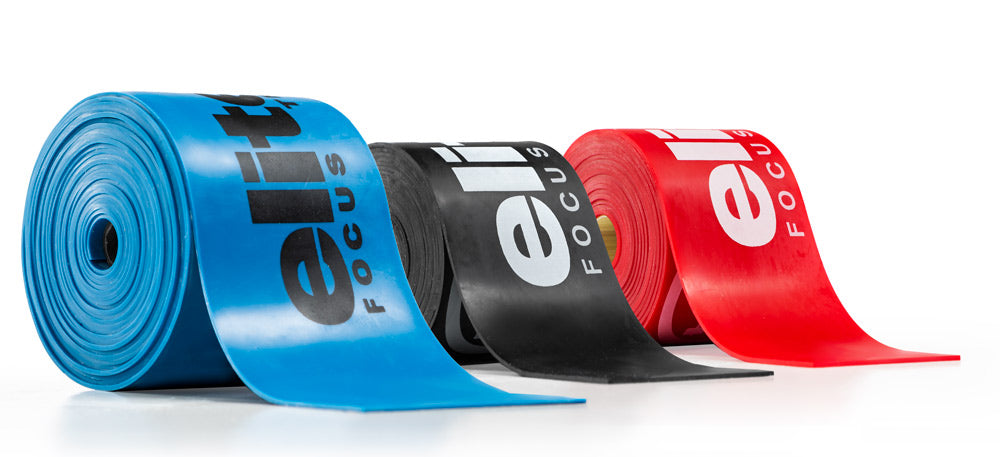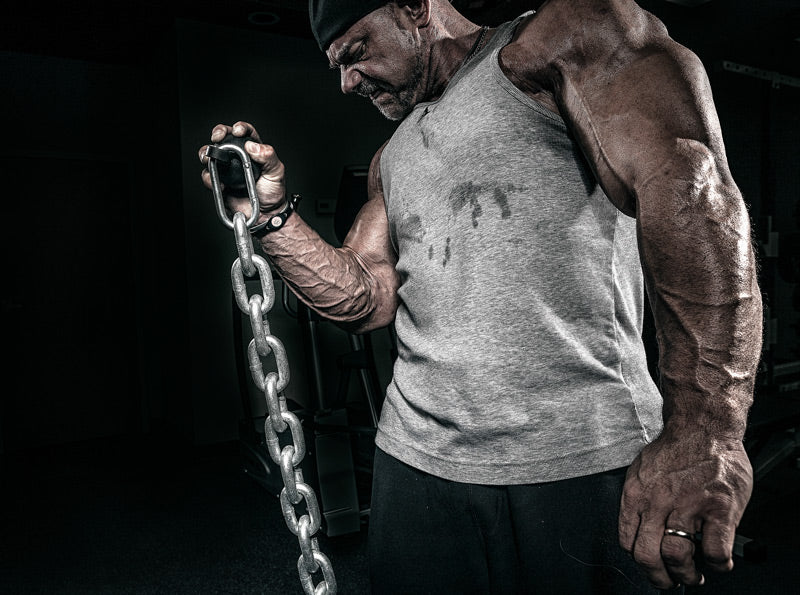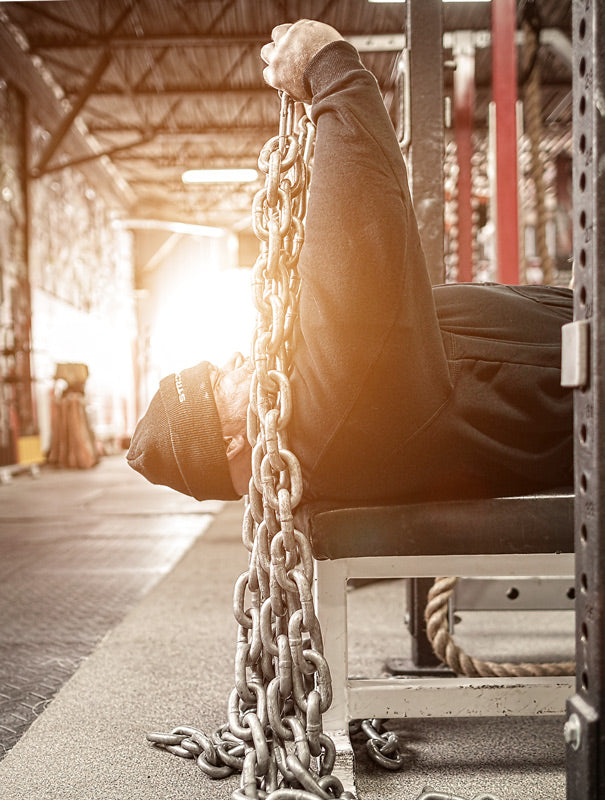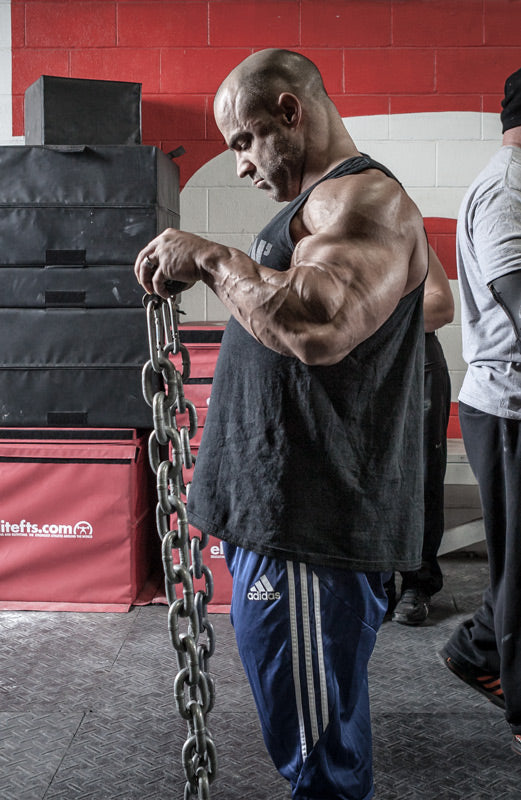I was interviewed for the Strength Talk Shop podcast by Matt Smith this week and one of the things we talked about was the Importance of Training Hard. This seems to be overlooked by many these days. Let’s discuss why it is important. And how you can improve at it.
Let me digress as I am wont to do.
Here’s what don’t want you to take away from this log:
It’s an angry old man rant bashing the new crowd.
Here’s what I do want you to take away from this log:
It’s solid advice that will pay back instantly, you just need to be open to listening.
In the podcast Matt mentioned that it seems that the older crew of lifters trained a lot harder than what he sees today-he ascertained this by talking to a lot of us and watching old training videos. As one of the old guys, I can tell you that we did train much harder than what I see today for the most part.
Did we always train smart?
Absolutely not. But we did train hard. We understood the importance of training hard.
Now, would we be less banged up if we trained smarter back in the day?
Yes.
Would we be less banged up if we trained harder and smarter back in the day?
I’d argue no.
Training hard doesn’t cause injuries.
Training dumb can.
And I’ll add that a long time ago, a good friend of mine, let’s call him Mr. Mazzio said “you can train long, or you can train hard, but you can’t do both.”

I agree with him. This is where smart comes in.
A solid strength training session for a non-competitive lifter should take about an hour. For a competitive lifter, maybe 90 minutes-2 hours.
Why?
Competitive lifters simply need more rest between sets than those training for general fitness.
If you are not a lifter and train for fitness and health and you cannot complete a session that consists of a primary strength exercise like a squat or deadlift for 3-6 work sets and then 3-4 Assistance/Accessory exercises in an hour you are not training hard enough.
For a lifter, 2 hours is getting towards the top of the range that you can train hard.
The Mazzio rule is in effect if you are able to complete your training as described above.
Negative Trends in The Importance of Training Hard
Looking back about 8-10 years ago, I recall, at least around here, that pre training mobility/workout prep was all the rage. I used to see people doing movement prep for 30 minutes or more on the regular, then train for 40 minutes and do 30 minutes of mobility. And they wondered why they weren’t getting strong(er).
How about if you took about 25 minutes off your movement prep and just trained harder?
Duh.
Something I see today that I’ve written about is the excessive use of phones in the gym. I’ll argue that your phone is the biggest sucker of strength in your environment, not matter where you are or what you are doing. In the gym it is physical and mental strength. It takes you out of a hard training mindset because you escape into Facebook or Snapshit or whatever between sets instead of focusing on what you can improve on the next set and mentally preparing for it. And you rest far too long between sets grazing on brain poison between sets.
There are numerous legitimate studies that show this. Look ‘em up if you don’t believe me.

Getting back to The Importance of Training Hard, what does it mean?
Well, it varies.
One huge factor is that you rest as long as necessary, not as long as wanted.
There are many opinions on how long to rest between sets on your strength work (squat, bench, overhead, deadlift) but in my decades of experience, most people need about 2 minutes between sets maybe 3.
Lifters need up to 5 minutes, excepting max effort work for really strong people and equipped lifters who may require more for their 2-3 top sets.
A strength legend, Paul Anderson, said (don’t yell if my quote isn’t exact) “Strength is best done on a well-rested heart”.
He was correct.
- If you are doing your primary strength work and you are huffing and puffing, you should rest.
- If you can tell jokes, talk about what happened at work or whatever, you can lift.
- This brings me back to my statement: rest as long as necessary, not as long as wanted.
Moving On

What about Assistance/Accessory Work?
This is where I see most of the “phoning it in” from people.
A long time ago at a seminar, Jim Wendler said: On Max Effort Work, you display strength. On Assistance and Accessory Work, you build strength. That statement is dead on.
I see many people not treating Assistance and Accessory Work with the respect it deserves. This is where you build strength and muscle! Take it seriously and work hard.
- Are you doing an AMAP (as many as possible) set and stopping before 1 rep short of failure?
- Are you not flexing and squeezing whatever muscle group you are training as hard as possible on every rep while doing your Repetition/Bodybuilding work?
Well, if not, you are not training hard.
So, how do we improve and honor the Importance of Training Hard?
Glad you asked.
Here’s a few tips:
- Ditch the phone unless it’s for music only or shooting video.
- If you shoot video, only review the set you just did. Then put it away.
- Stay off social media while training
- Rest as long as needed, not as long as wanted
- Treat your Assistance and Accessory work just as you would a heavy lift
- Be honest with yourself about the effort you put it
- Was that really a max?
- Could you have done 3 more reps?
- Plan ahead of time how long your training should take with no interruptions (calls, texts, cat videos)
Implement these tips and watch your progress trend upwards, fast.
I hope this log on The Importance of Training Hard and that it seems to overlooked these days has shed some light on you and your training. I also hope you didn’t take it as an angry Old Man Rant.
Train hard, get the results you want and don’t waste your most precious resource. Time.
Did you miss last week’s log?
READ IT HERE
Oh, yeah, follow us on Instagram too.
@TPSMalden
@tpsmethod
DM ME QUESTIONS THERE TOO!
You might be featured in a Coaching Log
SHARE THIS!
#bostonsstrongest
Vincere vel mori
C.J. Murphy
March 31, 2022







































































































